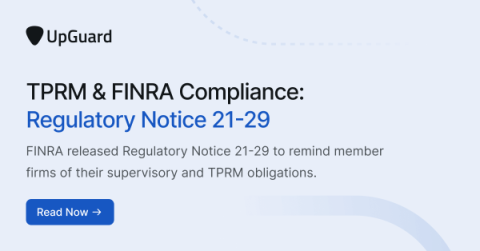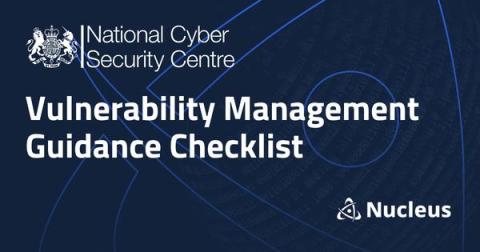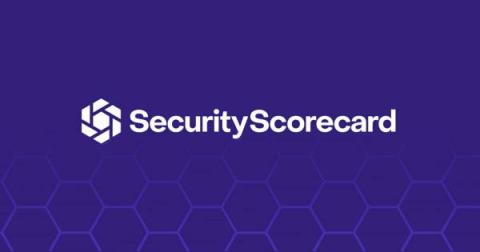TPRM & FINRA Compliance: Regulatory Notice 21-29
The United States Congress first authorized the Financial Industry Regulatory Authority (FINRA) to protect American investors and oversee the broker-dealer industry in 2007. FINRA is an independent regulatory organization that upholds its obligation and ensures a fair market by establishing rules to regulate business activities and improve the security of member firms and other market participants. With few exceptions, most broker-dealer firms must register with FINRA.









